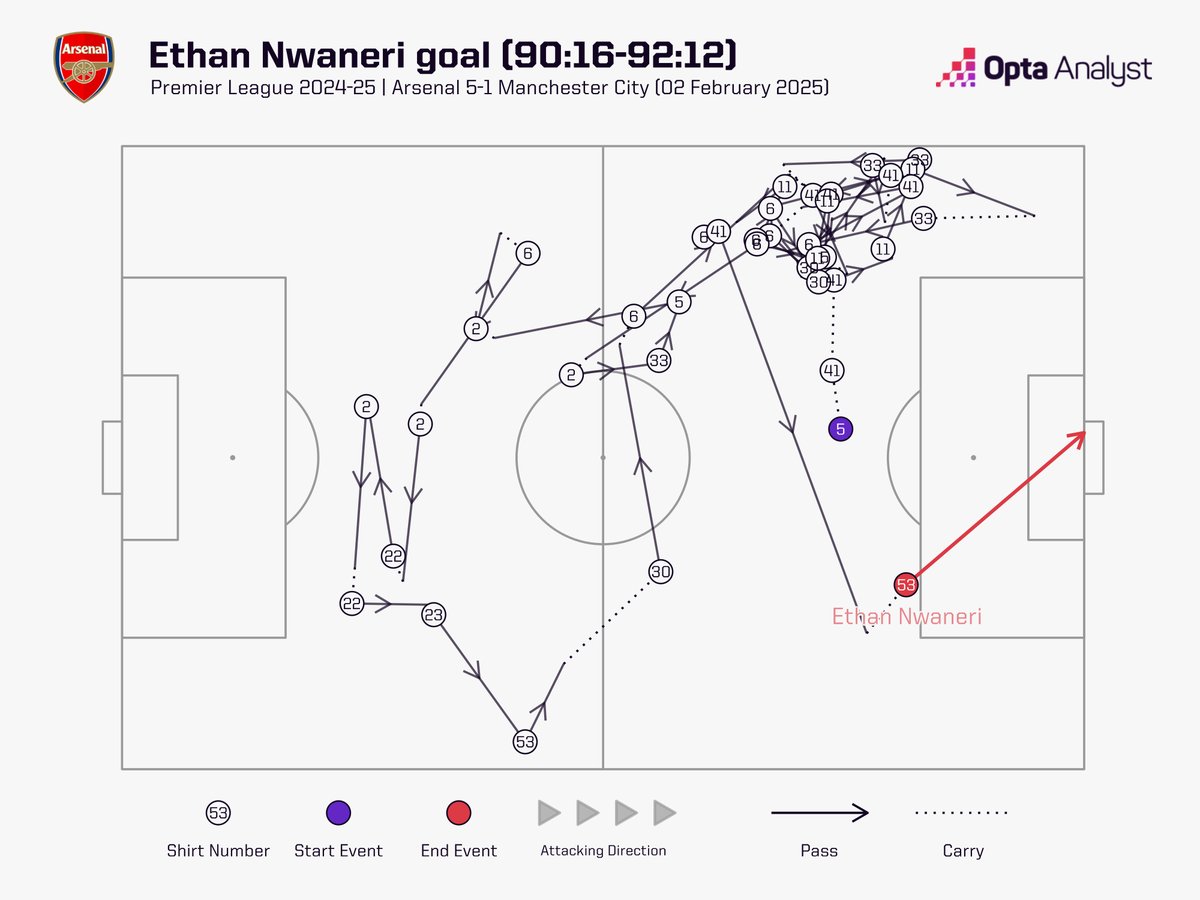Life ⚓️#
Elon Musk and Donald Trump, two figures who have indelibly shaped modern discourse, share a fascinating commonality in their approach to human behavior, particularly in how they exploit reflexive responses to achieve their goals. To understand their strategies, we must examine human engagement through a layered framework, akin to a series of games, each with its own rules, stakes, and complexities. These layers—ranging from the primal to the profoundly intricate—reveal how Musk and Trump manipulate the interplay of reflex, emotion, and decision-making to dominate their respective arenas.

At the first layer, we encounter the environment itself: the indifferent cosmos, where outcomes are as unpredictable as a coin toss, a dice roll, or a roulette spin. This layer is foundational, representing the raw, unyielding nature of existence. It is here that resources and information are furnished, indifferent to human desires or ambitions. Yet, even in this chaotic expanse, life emerges, equipped with the ability to sense and respond. This brings us to the second layer: reflex. Reflex is the primal game, a survival mechanism honed over millennia. It is the domain of poker, where the stakes feel life-or-death, and the adrenaline-fueled response is immediate. Musk and Trump excel at this level, leveraging the urgency of reflexive decision-making to create a sense of crisis in those around them. They evoke an ancestral fight-or-flight response, forcing others into high-risk, high-error scenarios where the stakes seem insurmountable. In this game, they are the dealers, and their opponents are left scrambling to make sense of a hand they barely understand.
The third layer introduces a more sophisticated game, one that engages the a priori infrastructure of the human nervous system. Here, the basal ganglia, thalamus, hypothalamus, brainstem, and cerebellum come into play, modulating reflexes and allowing for more nuanced responses. This is the realm of horse racing and Formula One, where knowledge and skill intersect with chance. The jockey or driver must harness their understanding of the system while remaining acutely aware of their competitors. Musk and Trump operate here as well, but with a twist: they manipulate the a priori knowledge of their opponents, creating asymmetries that tilt the game in their favor. By invoking reflexive responses while simultaneously engaging higher-order cognitive functions, they force others into a state of heightened vulnerability, where the illusion of control masks the reality of their manipulation.
The fourth layer is where the games become truly complex: chess and war. Chess is a game of strategy, where every move is calculated, and the pieces obey without question. War, however, introduces the unpredictability of human agency, where even the most disciplined soldiers can go rogue, as seen in the archetype of Kano Kurtz in Apocalypse Now. Musk and Trump navigate this layer with a blend of calculated strategy and brute force. Musk, with his conscious understanding of neuroanatomy and systems thinking, approaches problems like a grandmaster, anticipating moves and countermoves. Trump, on the other hand, relies on instinct and experience, wielding chaos as a weapon to destabilize his opponents. Both men understand that the labyrinth of human emotion—the 17 tokens of feeling that define our responses—can be manipulated to create preferred outcomes. They exploit the combinatorial search space of emotions, steering their adversaries toward panic, fear, or overconfidence, while maintaining their own composure.
Finally, the fifth layer represents the pinnacle of human engagement: romantic relationships, religion, and spiritual experiences. This is the domain of meaning, where the cadences of emotion culminate in tragedy, triumph, or transcendence. It is here that the posteriori emerges, the ultimate output of our neural networks. Musk and Trump, though often seen as transactional figures, occasionally touch this layer, invoking grand narratives of destiny, legacy, and purpose. Musk’s vision of colonizing Mars and Trump’s rhetoric of national revival tap into deeper human yearnings, transcending the immediate stakes of poker or chess to evoke a sense of collective identity and aspiration.
In essence, Musk and Trump are master players in the games of human behavior. They exploit the reflexive, manipulate the a priori, navigate the labyrinthine complexities of emotion, and occasionally ascend to the realm of meaning. Their success lies in their ability to shift between these layers, creating asymmetries that confound their opponents and consolidate their power. Whether through the adrenaline-fueled urgency of poker, the calculated precision of chess, or the transcendent narratives of destiny, they remind us that human behavior is a game—one they have learned to play exceptionally well.
Show code cell source
import numpy as np
import matplotlib.pyplot as plt
import networkx as nx
# Define the neural network fractal
def define_layers():
return {
'World': ['Electro', 'Magnetic', 'Pulse', 'Cost', 'Trial', 'Error', ], # Veni; 95/5
'Mode': ['Reflexive'], # Vidi; 80/20
'Agent': ['Ascending', 'Descending'], # Vici; Veni; 51/49
'Space': ['Sympathetic', 'Empathetic', 'Parasympathetic'], # Vidi; 20/80
'Time': ['Hardcoded', 'Posteriori', 'Meaning', 'Likelihood', 'A Priori'] # Vici; 5/95
}
# Assign colors to nodes
def assign_colors():
color_map = {
'yellow': ['Reflexive'],
'paleturquoise': ['Error', 'Descending', 'Parasympathetic', 'A Priori'],
'lightgreen': ['Trial', 'Empathetic', 'Likelihood', 'Meaning', 'Posteriori'],
'lightsalmon': [
'Pulse', 'Cost', 'Ascending',
'Sympathetic', 'Hardcoded'
],
}
return {node: color for color, nodes in color_map.items() for node in nodes}
# Calculate positions for nodes
def calculate_positions(layer, x_offset):
y_positions = np.linspace(-len(layer) / 2, len(layer) / 2, len(layer))
return [(x_offset, y) for y in y_positions]
# Create and visualize the neural network graph
def visualize_nn():
layers = define_layers()
colors = assign_colors()
G = nx.DiGraph()
pos = {}
node_colors = []
# Add nodes and assign positions
for i, (layer_name, nodes) in enumerate(layers.items()):
positions = calculate_positions(nodes, x_offset=i * 2)
for node, position in zip(nodes, positions):
G.add_node(node, layer=layer_name)
pos[node] = position
node_colors.append(colors.get(node, 'lightgray'))
# Add edges (automated for consecutive layers)
layer_names = list(layers.keys())
for i in range(len(layer_names) - 1):
source_layer, target_layer = layer_names[i], layer_names[i + 1]
for source in layers[source_layer]:
for target in layers[target_layer]:
G.add_edge(source, target)
# Draw the graph
plt.figure(figsize=(12, 8))
nx.draw(
G, pos, with_labels=True, node_color=node_colors, edge_color='gray',
node_size=3000, font_size=9, connectionstyle="arc3,rad=0.2"
)
plt.title("Trump & Musk According to DeepSeek (Runner Up)", fontsize=15)
plt.show()
# Run the visualization
visualize_nn()


Fig. 4 How now, how now? What say the citizens? Now, by the holy mother of our Lord, The citizens are mum, say not a word. Indeed, indeed. When Hercule Poirot predicts the murderer at the end of Death on the Nile, he is, in essence, predicting the “next word” given all the preceding text (a cadence). This mirrors what ChatGPT was trained to do. If the massive combinatorial search space—the compression—of vast textual data allows for such a prediction, then language itself, the accumulated symbols of humanity from the dawn of time, serves as a map of our collective trials and errors. By retracing these pathways through the labyrinth of history in compressed time—instantly—we achieve intelligence and “world knowledge.” Inherited efficiencies are locked in data and awaiting someone “ukubona” the lowest ecological cost by which to navigate lifes labyrinth. But a little error and random chaos must be added to go just little beyond the wisdom of our forebears, since the world isn’t static and we must adapt to it. In biology, mutations are such errors added to the “wisdom” of our forebears encoded in DNA. Life’s final cadence, as suggested most articulately by Dante – inferno, limbo, paradiso – is merely a side effect of optimizing the ecological cost function. Unlike what Victorian moralists, including Dante to an extent, think: the final cadence isn’t everything.#

